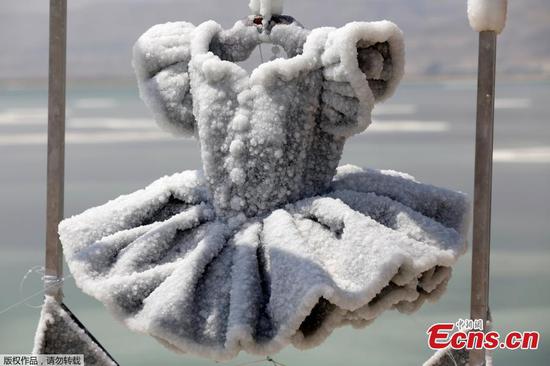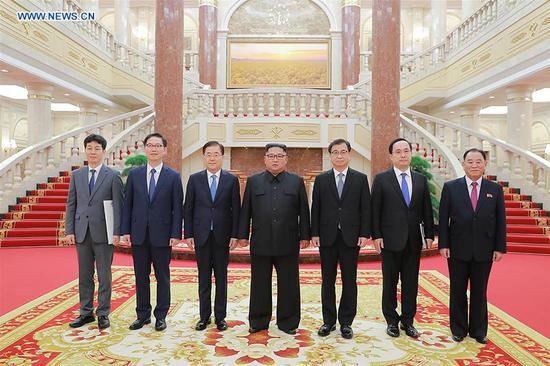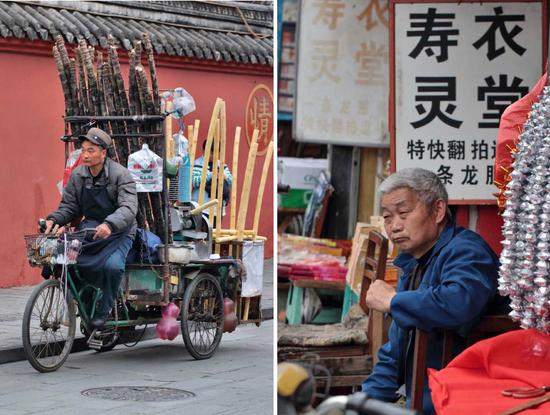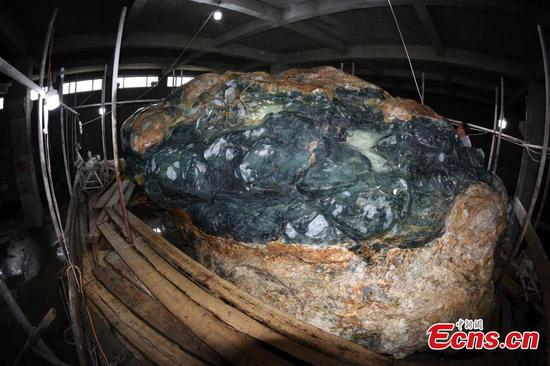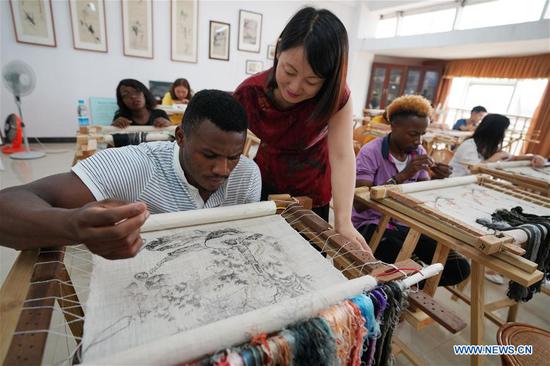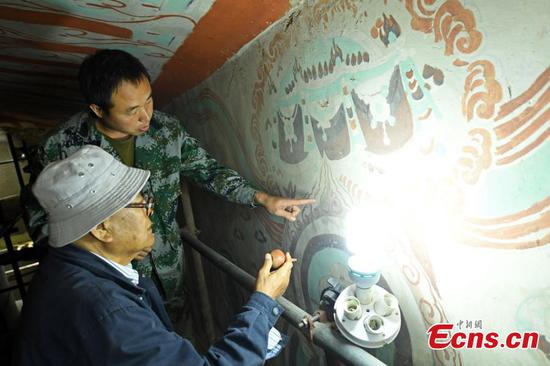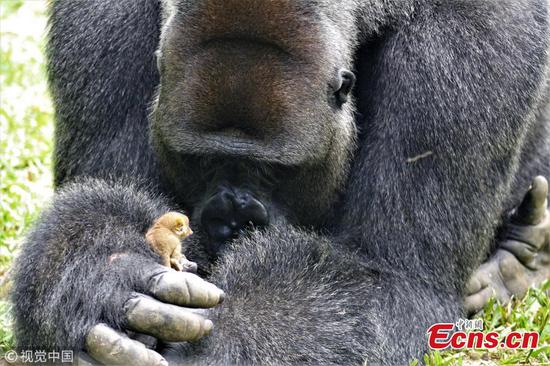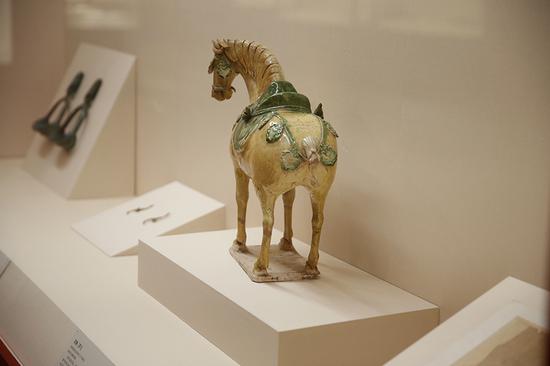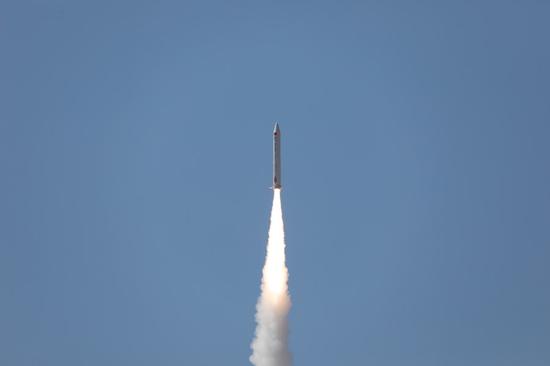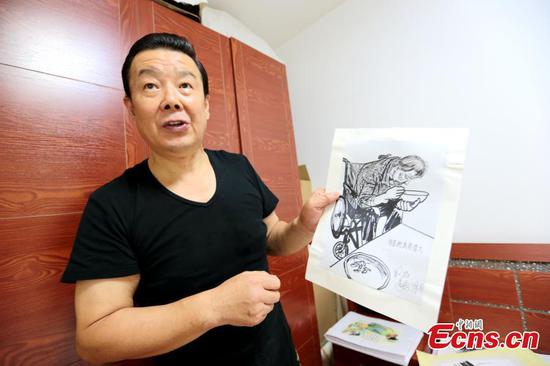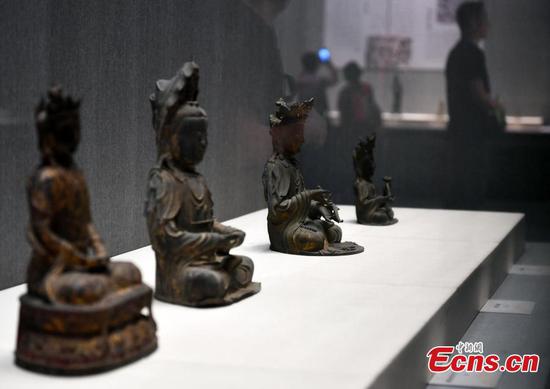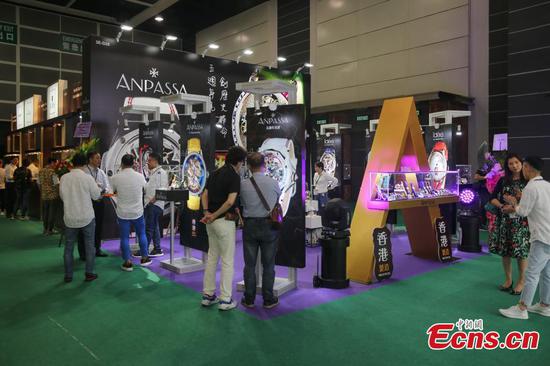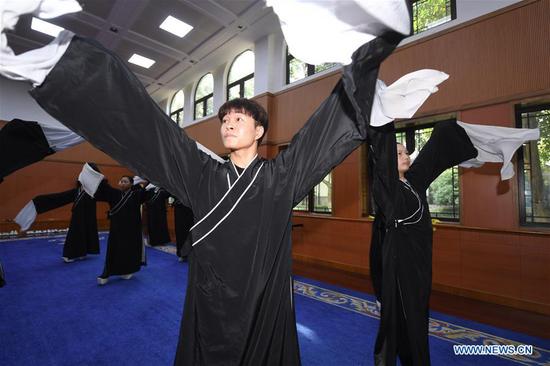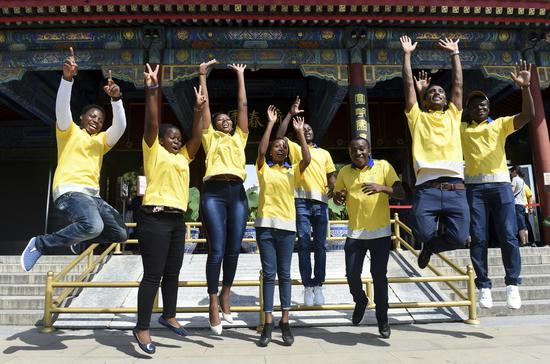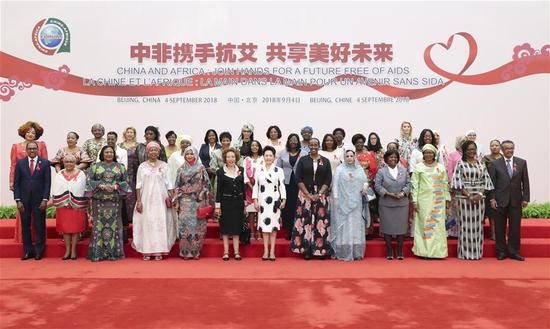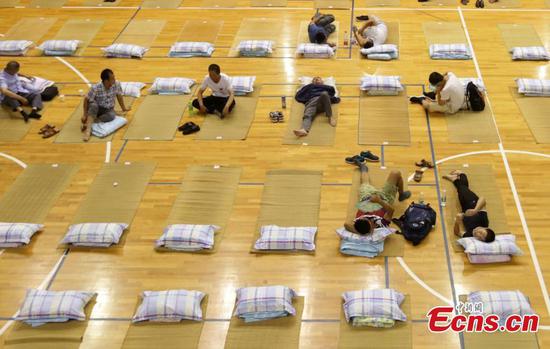?
Embrace the massive market
In 2005, overseas enterprises led by Japanese companies had to cut their direct investment to China because China axed its preferential export tax and raised wages to shift to a domestic-consumption-driven economic model.
In addition, the production cost for processing and trade enterprises in China rose sharply due to the appreciation of the Chinese currency.
Unlike other overseas companies, Japanese firms discerned China's new potential as a huge market rather than a manufacturing base.?
China had successfully transformed to a market from a factory. In the same period, China also adjusted its policies to allow foreign companies without Chinese partners to do business in China.
To cater the new giant market, Japanese companies also made some innovations and changes. Canon, a brand name that had been used globally since 1935, was translated in 2006 into Jianeng, a homophone for Canon in Chinese.
This was a groundbreaking gesture for the transnational company, and the move generated lots of publicity.
The trend soon seeped into the services sector. JAL has made changes to better serve Chinese customers, such as adding Chinese signs and bilingual broadcasts of both Japanese and Chinese, and hiring more Chinese staff.
Shanghai ranked second to Los Angeles as the biggest residential city for Japanese people outside Japan, with over 70,000 Japanese residents in 2008.?
Yonezawa recalled that most of JAL's customers were Japanese people in 2008 when he was appointed senior vice president of the Shanghai branch. As Japan became a popular tourism destination for Chinese tourists, Chinese passengers occupied most of the seats in its flight.?
"Before, Japanese passengers occupied 55 percent of our total business and Chinese passengers made up 45 percent. However these numbers reversed in 2016," Yonezawa said.
In Yonezawa's view, the most significant change that reform and opening-up brought China is "richness," both in fortune and spirit.?
Today, people in China are willing and able to go abroad for visit, which undoubtedly will provide more opportunities for the entire aviation industry, and JAL will dig deep to find the Japanese-style services that win Chinese customers' favor.
Compete or work for a win-win result?
In 2010, China surpassed Japan as the world's second largest economy, following the US, with a GDP worth $5.9 trillion. In 2017, 7.35 million Chinese tourists visited Japan, making a great contribution to the Japanese GDP.
The "poor country" that Japan once "aided" is now "aiding" back. It seems hard for Japan to accept such a dramatic role reversal.?
The shifted economic positions and data also make friction between China and Japan more pronounced. Examples include competitions between the two countries for high-speed train projects in Southeast Asian countries. With regards to the question of how the two countries will align their relations in the future - competition or win-win cooperation - people made different conjectures.
Yonezawa said there exists competition between JAL and Chinese airlines, but both sides see more win-win situations.?
"Our Chinese peers share with us what Chinese customers like, and we, in return, teach them Japanese-style services. Only with both sides working together to provide high-quality services can we expand the market scale," he said.
Harwit noted that China had cooperation with many overseas companies in the course of reform and opening-up. However, those companies actually barely shared their technology with China. This includes Japanese companies.?
He said that the great achievement China made in developing its own technology is, to a large extent, by its own efforts. The growth and expansion of a batch of domestic firms such as Alibaba, Tencent and Huawei have helped drive China's overall competition.
Harwit said Japan is more interested in China's cheap labor force and vast market than in making China a cooperation partner. However, he says the two countries still enjoy a strong complementarity.?
"China controls its own destiny all the time, with other countries playing an auxiliary role," Professor Harwit said. "Looking at the last 40 years in retrospect… Japanese enterprises' supporting role remains unchanged."?









